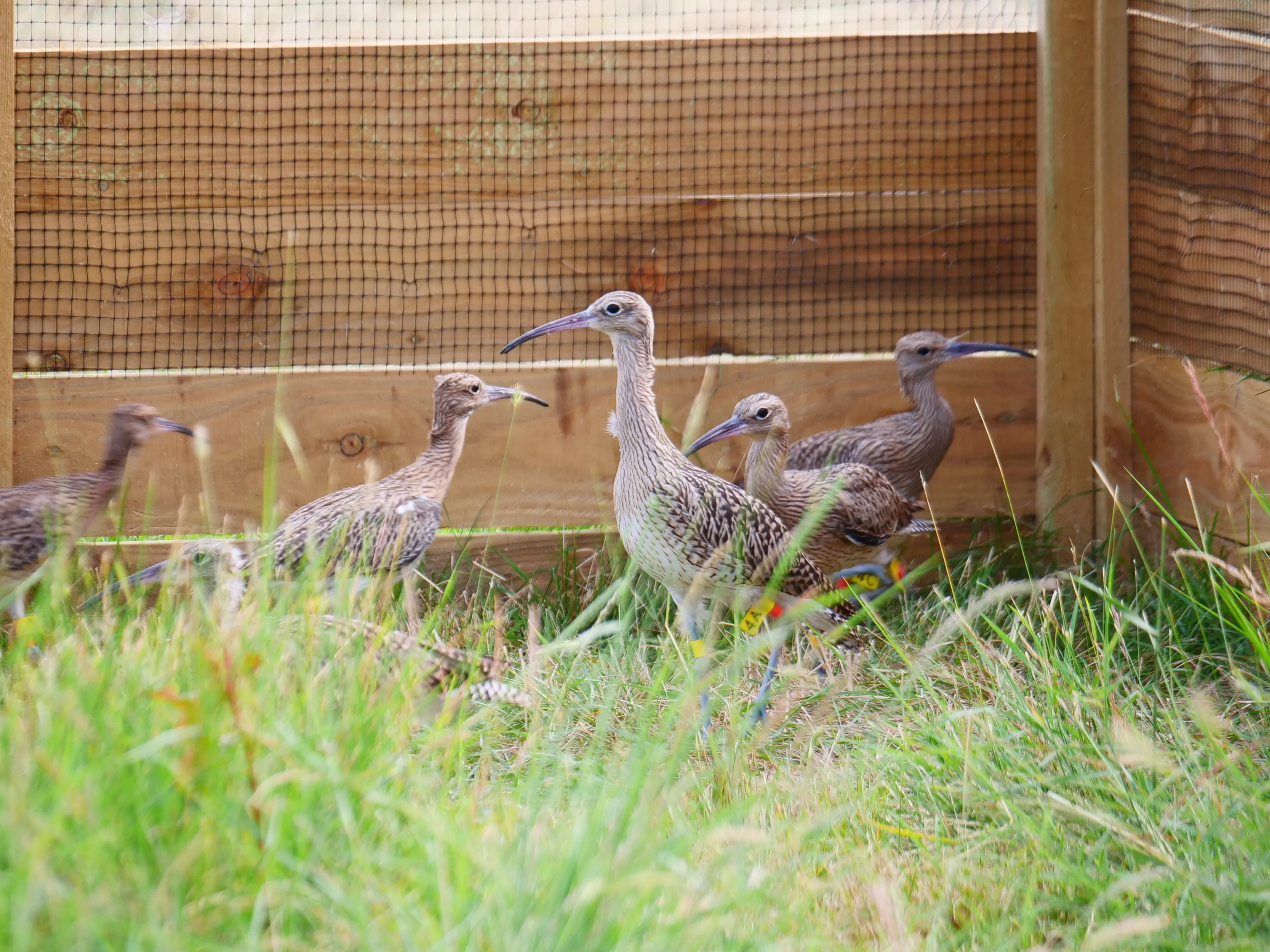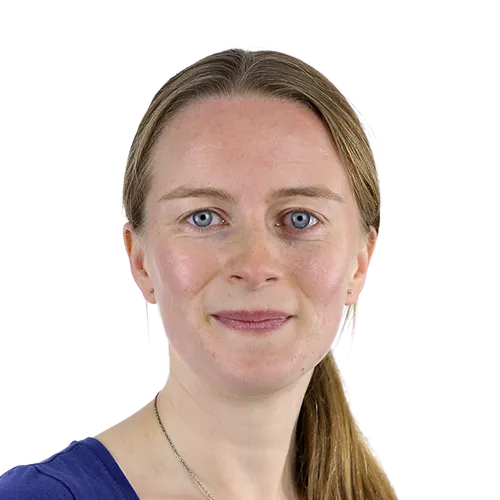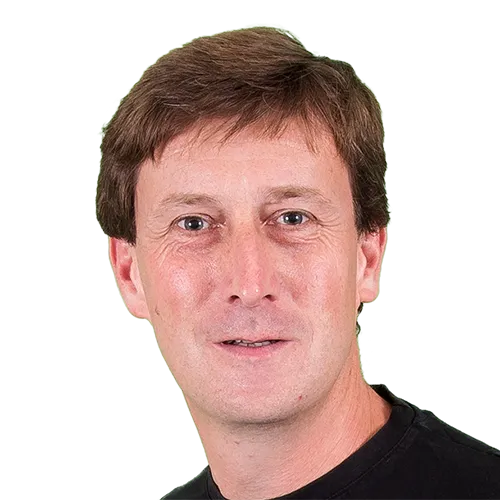Citation

Overview
Breeding waders are among the most threatened of European bird species and the focus of a suite of conservation interventions, such as the improvement of grassland nesting habitats, and the protection of nests and chicks from predators and destruction by agricultural activities. Headstarting is a relatively novel technique in breeding wader conservation, where eggs are removed from the wild and reared in carefully controlled environments. It aims to bypass the threats individuals encounter during vulnerable early life stages in the wild. Headstarting differs from more traditional forms of captive rearing, in that individuals only remain in captivity for a small part of their life cycle (generally egg and hatchling stages) and are released once at a less vulnerable stage to provide a quick, artificial boost to the breeding productivity of a wild population.
In more detail
With growing interest in headstarting as a conservation tool, many organisations and government agencies are considering its use to support declining species but until now there have been few comprehensive reviews of its effectiveness. The Curlew is a severely declining wader species throughout Europe, where headstarting is being used to increase populations and breeding productivity through recruitment to local breeding populations. This review provides an assessment of the outcomes to date and identifies major knowledge gaps.
Data were collected via questionnaires sent out across Europe. Eleven active projects responded across five countries. Whilst a large number of these projects started within the past five years, one has been running since 1999. There are variations between projects in terms of how and where eggs are collected and how chicks are reared, but mean hatching and release rates were in excess of 70%, which is far above what is achieved in most wild populations. Health and development issues were seen in some chicks across all the projects, but management of these issues is improving with greater collaboration between projects. Only a small number of projects are using post-release surveys specifically designed to monitor headstarted Curlew, but all colour-ring their chicks to improve the assessment of survival through resighting of marked birds. Some projects also deploy biologging devices like GPS tags which provide data on bird locations and behaviour post-release. No project used headstarting alone but instead used it in addition to other conservation tools, mainly those relating to habitat management and predator control.
This review shows that headstarting can be a highly effective tool to increase Curlew survival (at both the egg and chick stages) but more post-release monitoring is needed to fully understand the recruitment back into breeding populations. Some projects have seen birds recruiting back locally, but many have not been running long enough to fully assess these outcomes. This review highlights remaining knowledge gaps, including understanding factors influencing variations in hatch and release rates, as well as comparable methods for monitoring released birds and the estimation of survival and recruitment rates.
Abstract
Headstarting is a relatively new, but increasingly popular, tool in wader conservation, whereby captive rearing and release is used to boost the breeding productivity of declining populations. Here, we use questionnaire and datasheet responses to review the major components and outcomes of 11 Eurasian Curlew Numenius arquata headstarting projects from five European countries. This provides an overview of current understanding, assessing the potential of headstarting as a conservation tool and identifying knowledge gaps. Headstarting projects were generally established to increase the size and/or breeding productivity of a wild Curlew population. Methods of egg collection and chick rearing varied between, and often within, projects. Projects collected a minimum total of 2,419 eggs between 2014 and 2023, of which 1,733 hatched and 1,298 chicks were released. The mean annual hatching rate across projects was 0.73 (± 0.21 SD) and the mean annual release rate of hatched chicks was 0.77 (± 0.19 SD). All projects reported health and development issues in some chicks, which varied in severity and type. Projects generally kept cohorts of < 15 chicks in a pen at the release site for at least one week before releasing into habitats ranging from farmland to wetland, usually located < 1 km from wild breeding waders and with potential to encounter wild Curlews. All projects colour-ringed chicks and eight deployed GPS tags. A total of 107 chicks of the 1,048 chicks released before 2023 were known to be alive after one year, and 36 were known to have nested. Only three projects used dedicated surveys specifically designed to monitor headstarted Curlews in the years post-release. Headstarting can be a highly effective tool for boosting Curlew egg and chick survival, however, post-release survival and recruitment are poorly understood. Collaborative meetings, reviews, formal analyses, increased monitoring effort and long-term commitment of resources are crucial to evaluate the potential of current and inform the development of future headstarting projects.
This work was funded through Natural England’s Species Recovery Programme.



